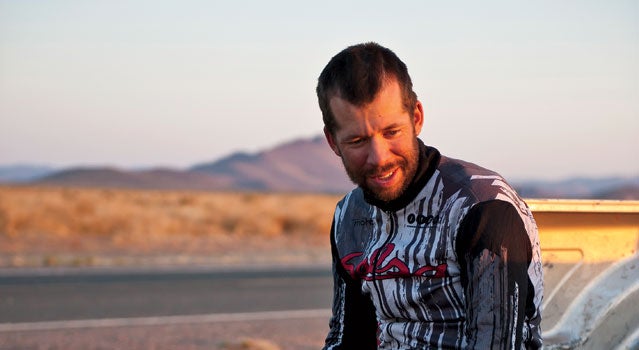AS TOLD TO MEAGHEN BROWN
1. Do Your Homework
Self-sufficient, self-supported racing requires good planning above all else. Know what the route entails, where to resupply, where the water sources are, whether or not some stretches might be impassable when wet, how many calories you’re going to need between resupplies. Before you get on the trail, you should generally have some experience with navigation, bike repairs, and wilderness first aid.
2. Be Your Own MacGyver
On any given ride, you’re likely to encounter flat tires, a sliced sidewall, a tread that requires stitching and booting, broken chains, seized-up derailleur pulleys, gunked-up shift cables… Your best bet is to take preventive measures before heading out. Start with new key parts—the chain, rear derailleur, shift cables and housing, bottom bracket. Have your brakes bled, service the suspension, and replace the bearings.
3. Walk Easy
When the route involves a lot of hike-a-bike, I wear shoes ($200), which have serious tread and also flex in front of the cleat position, which makes them better for walking than normal carbon-soled mountain-bike shoes. I portaged my bike across the Grand Canyon when racing the Arizona Trail 750 a few years back wearing those shoes.
4. Light It Right
For multi-day races, I use lights that run on AA batteries because they’re easy to replace and it’s impossible to charge a battery. The Princeton Tec Apex headlamp ($90) and flashlight (from $60) are my go-to lights. And I use only lithium batteries. While they cost three times more than alkaline batteries, they run approximately three times longer and weigh about a third as much.
5. Sample the Saddle
When you’re in the saddle for 6 or 12 or in some cases 30-plus hours straight, you need to be comfortable. This is even more important when you’re wearing a backpack and have extra weight on your saddle. Friendly shops should have test saddles that they’ll let you borrow, so try a few out on some long rides before buying one


